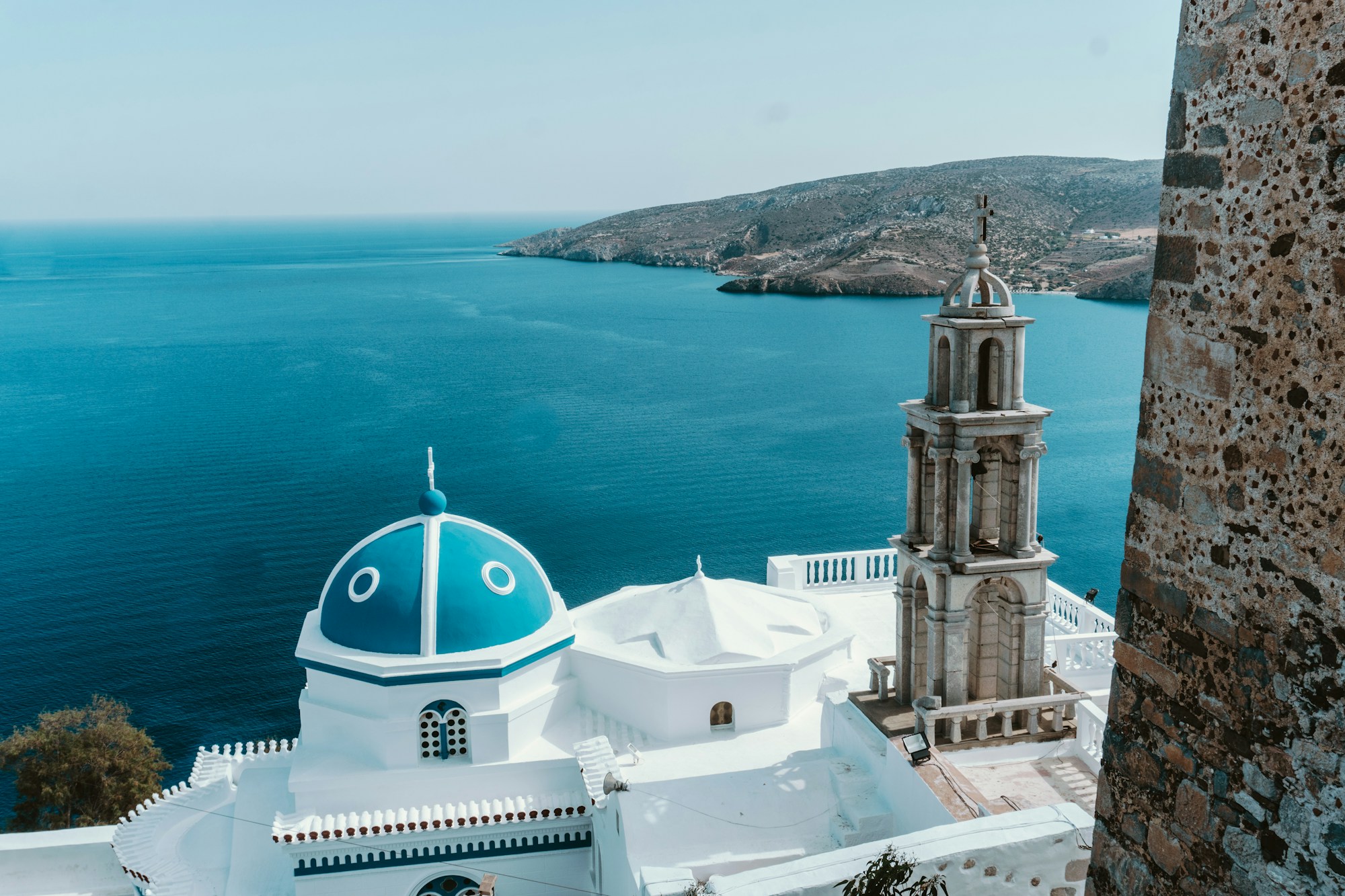Astypalaia: A Guide to Local History, Customs, and Festivals
Discover Astypalaia's rich history, vibrant customs, and unique festivals in this engaging cultural guide.

Astypalaia: A Guide to Local History, Customs, and Festivals
Astypalaia, often referred to as the "Butterfly of the Aegean Sea" due to its unique shape, is an enchanting island located in the Dodecanese archipelago of Greece. This guide offers a comprehensive look into its rich history, charming customs, vibrant festivals, and intriguing local culture.
Geographical Overview
Astypalaia consists of two distinct sections connected by a narrow strip of land. Its beautiful coastline, serene beaches, crystal-clear waters, and whitewashed buildings provide a picturesque landscape, making it a perfect destination for visitors seeking tranquility and cultural enrichment.
Historical Context
Ancient History
Astypalaia has a storied past that dates back to prehistoric times. Archaeological findings suggest that the island was first inhabited during the Neolithic era. In ancient times, it was part of the Cycladic civilization, and its strategic position in the Aegean made it a valuable asset for various powers throughout history including the Minoans, Romans, and Byzantines.
Medieval Period
During the medieval period, Astypalaia became a significant naval base under the control of the Venetian Querini family. The Querinis built the stunning Castle of Chora, which is a key historical attraction that visitors must see. The island also came under Ottoman rule and experienced periods of prosperity and hardship.
Modern Era
In modern times, Astypalaia became part of Greece in 1948. Today, it is a peaceful island, known for its rich cultural heritage, stunning natural beauty, and hospitable locals.
Local Customs
Astypalaia's customs are deeply intertwined with Greek traditions, reflecting a blend of ancient practices and modern-day lifestyle.
Traditional Clothing
Traditional clothing is often worn during festivals and religious events. Men typically wear white trousers and shirts, while women adorn intricate dresses featuring elaborate embroidery.
Culinary Traditions
- Lobster Pasta (Astakopasta): A local delicacy made with fresh lobster, pasta, and a rich tomato sauce.
- Fouskoti: A type of traditional bread made with anise and sesame seeds.
- Kitrino: A local cheese made from goat's and sheep's milk.
- Xynomizithra: A soft and tangy cheese often used in salads.
Religious Practices
Orthodox Christianity is the predominant religion on the island. Many locals participate in religious services and observe traditional Christian holidays. Churches like the Panagia Portaitissa stand as architectural testimonies to the island's devoutness.
Festivals
Celebration of Panagia Portaitissa
This is the most important religious festival on the island. Held annually on August 15th, the Feast of the Assumption is celebrated with great fervor. The festival features religious processions, traditional music, dancing, and feasting. The church of Panagia Portaitissa becomes a focal point where locals and visitors gather to pay homage.
Astypalaia Festival
Held every summer, this cultural festival showcases a variety of artistic performances including concerts, theater, and dance. It attracts artists from across Greece and offers visitors a chance to experience contemporary Greek culture in a beautiful setting.
Fish Festival
Another highlight of Astypalaia's cultural calendar, the Fish Festival celebrates the island's rich maritime heritage. Typically held in June, the festival features fresh seafood, local wine, and traditional music and dancing. It's a family-friendly event that offers a great way to indulge in local flavors and customs.
Local Anecdotes and Interesting Facts
Astypalaia is known for its warm and welcoming locals who are always eager to share stories about their home. Here are a few interesting anecdotes and facts:
- The Tale of the Querini Castle: Legend has it that the Querini family built the castle with stones carried by dolphins. Of course, this is just a charming myth, but it adds to the allure of the island's medieval history.
- Butterfly Shape: The island's unique butterfly shape is often referenced in local literature and poetry.
- Monastery of St. John: Located near the village of Maltezana, this monastery is built inside a cave and offers stunning views of the island.
- Sustainable Practices: Astypalaia is making strides towards becoming a "smart island" with the integration of sustainable energy practices and modern technology.
Getting Around the Island
The island is accessible by ferry from Piraeus or by plane from Athens. Once on the island, you can travel by bus, taxi, or rental car. Biking and walking are also popular options for exploring the scenic routes.
Accommodations
Astypalaia offers a variety of accommodation options ranging from luxury hotels to cozy guesthouses:
- Tholaria Boutique Hotel: Located in Chora, this luxury hotel offers stunning views of the Aegean Sea.
- Astypalaia Palace Hotel: A family-run establishment with modern amenities and traditional decor.
- Studios Kilindra: An ideal choice for those seeking a more intimate and authentic experience.
Local Tips
Visiting Astypalaia offers a mix of relaxation and adventure. Here are some tips to make the most out of your trip:
- Best Time to Visit: The island is best visited between May and October when the weather is pleasant and most of the festivals take place.
- Language: While Greek is the official language, many locals speak English, especially in tourist areas.
- Local Cuisine: Don't miss out on trying traditional dishes in local tavernas. Lobster pasta is a must-try!
- Respect Local Customs: Showing respect for local customs and traditions will endear you to the locals and enhance your travel experience.
